Day 3: Karnak and Luxor temple
Day 2 was an action packed day. The itinerary included an early morning flight to Luxor, boarding the Nile river cruise ship at Luxor and visits to Karnak and Luxor temples–two of the most famous and well-preserved temples from ancient Egypt.
The tour agency had booked the flight tickets and arranged a pick-up from the hotel to the airport, which was quite convenient. What I found a bit odd was that a separate taxi was booked for each person in our group staying at our hotel, even though most people were on the same flight, and could easily have car pooled. The flying time from Cairo to Luxor is about an hour. At the Luxor airport, we were received by a representative from the tour agency who led us to a bus. On the bus we met Sam, our guide for the Nile river cruise who walked us through the plan for the day. The bus dropped us off at the dock where the cruise ships were parked. There are several cruise ships which broadly offer the same services, but some are more recently renovated than others and may offer better amenities. This website has a good list, along with pictures of the interior of the ships. Before booking the tour, you should ask the tour operator which ships are available and look them up. If you don’t provide a preference, the tour operator will pick a ship for you, and it is generally hard to make a change once the tour starts. My ship was called MS Salacia.
After boarding the ship, we were given a welcome drink and the keys to our rooms. My room was nicely furnished with a comfortable bed, although the AC unit was quite loud and I had to turn it off in the night to sleep.
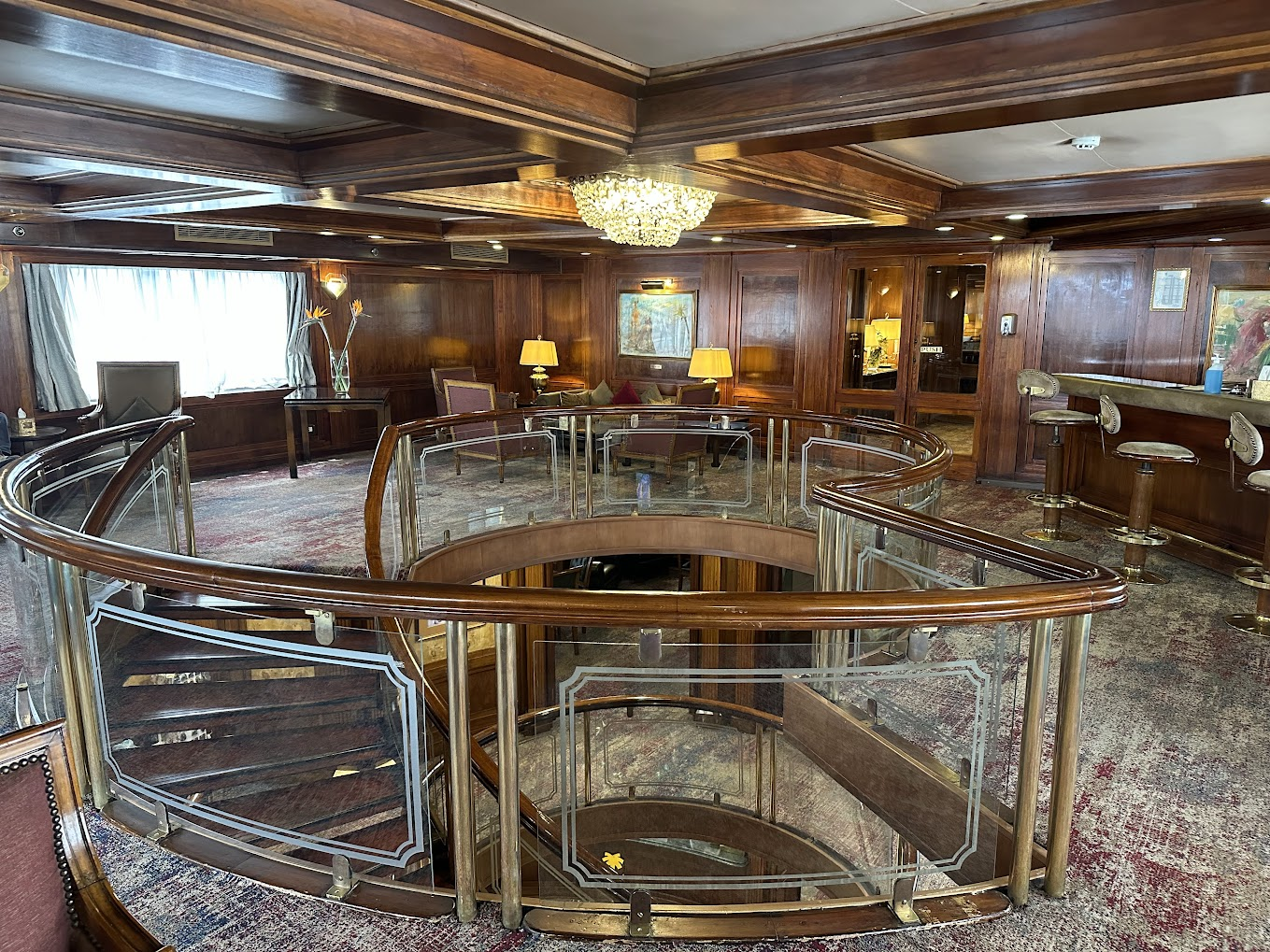
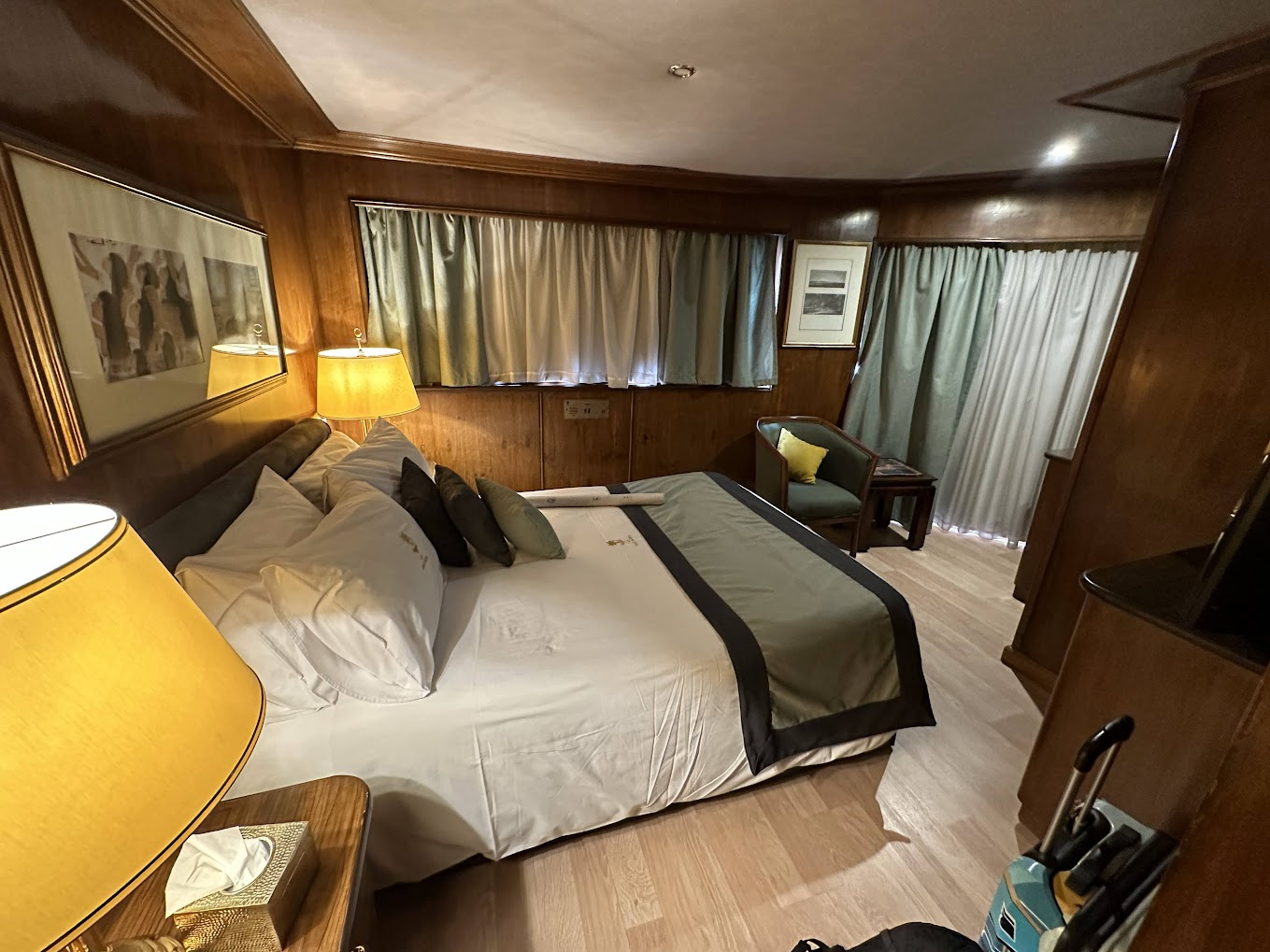
After an excellent lunch buffet onboard the ship, we boarded the bus to visit Karnak temple. Unlike the Pyramids, the Karnak temple complex at Luxor wasn’t built by a single pharaoh, but rather developed over more than 1,000 years, principally between the Twelfth and Twentieth Dynasties. It was, at its peak, the largest and most important religious complex in ancient Egypt. Karnak is particularly famous for the vast Hypostyle Hall constructed during the reign of Seti I and Rameses II. The name Karnak comes from Al-Karnak, a village located in Al-Uqṣur governorate in Upper Egypt. Read this for a nice overview of the history and layout of Karnak temple.
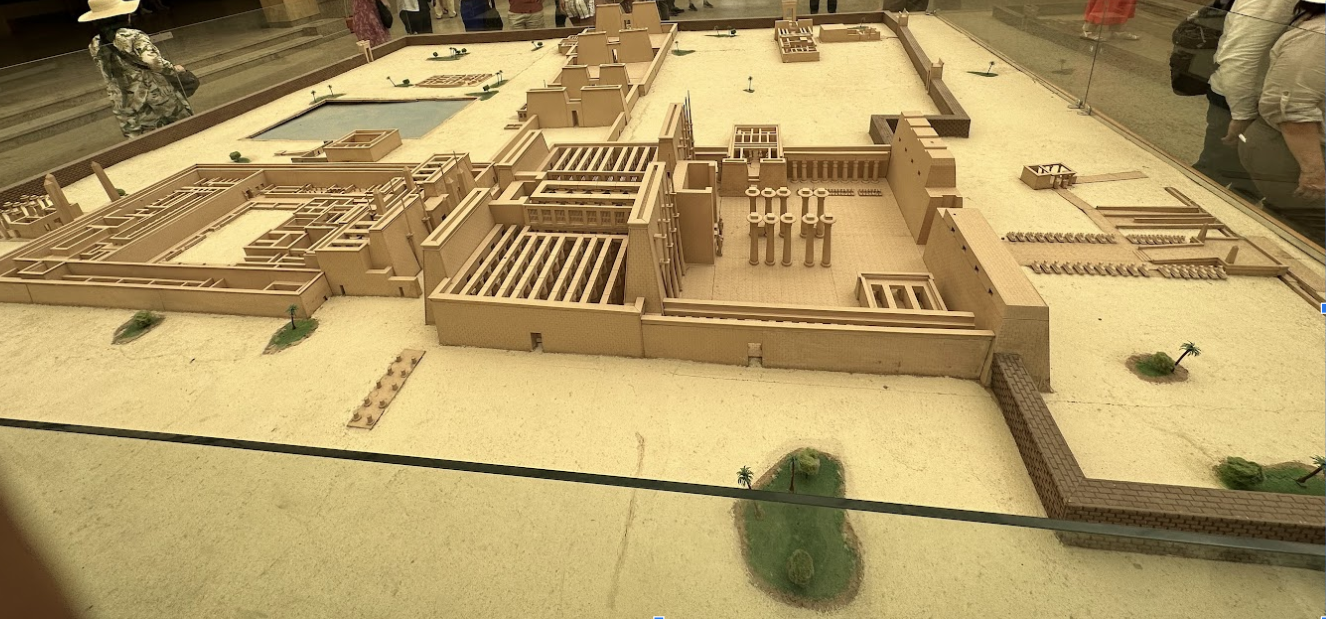
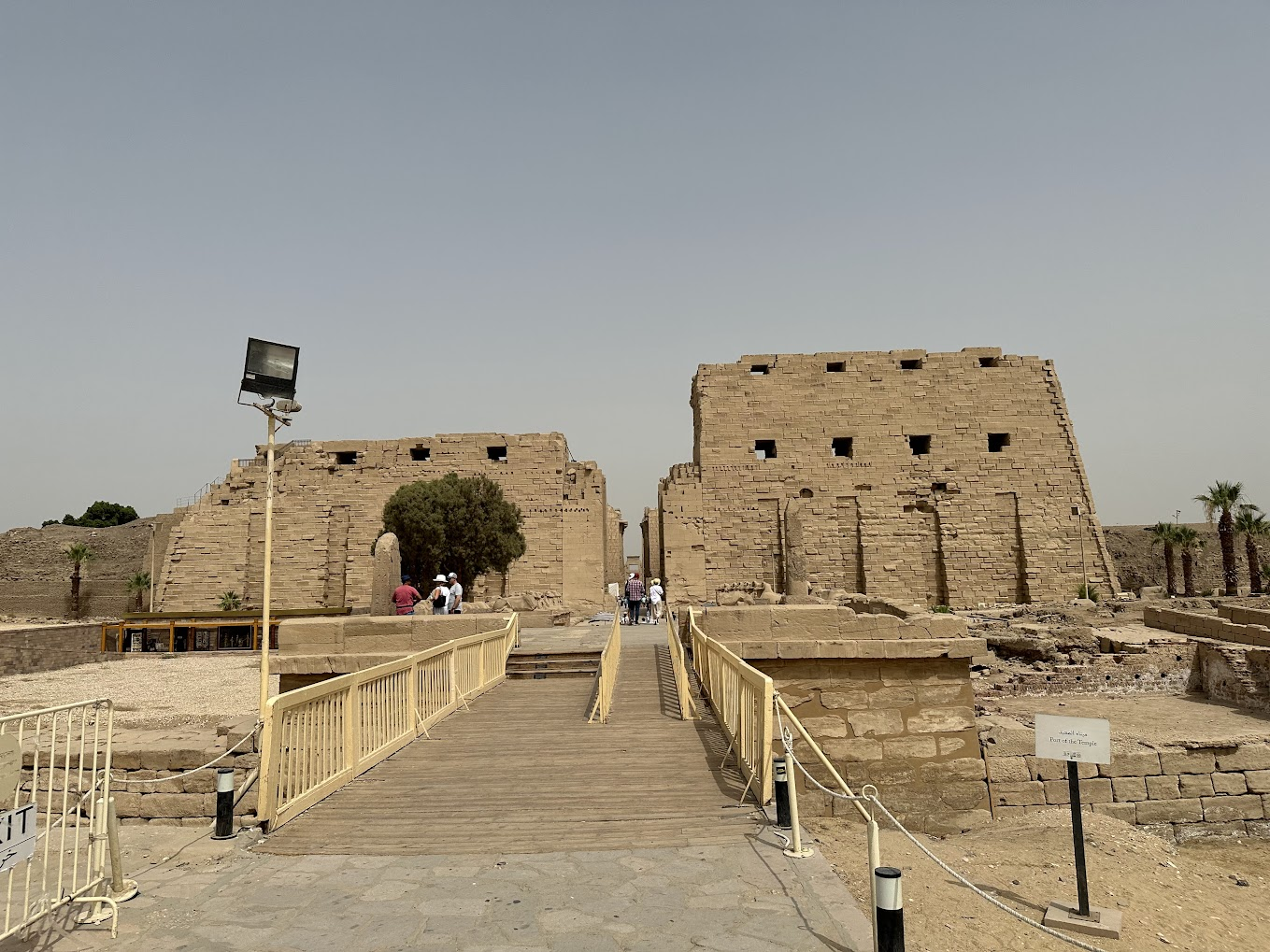
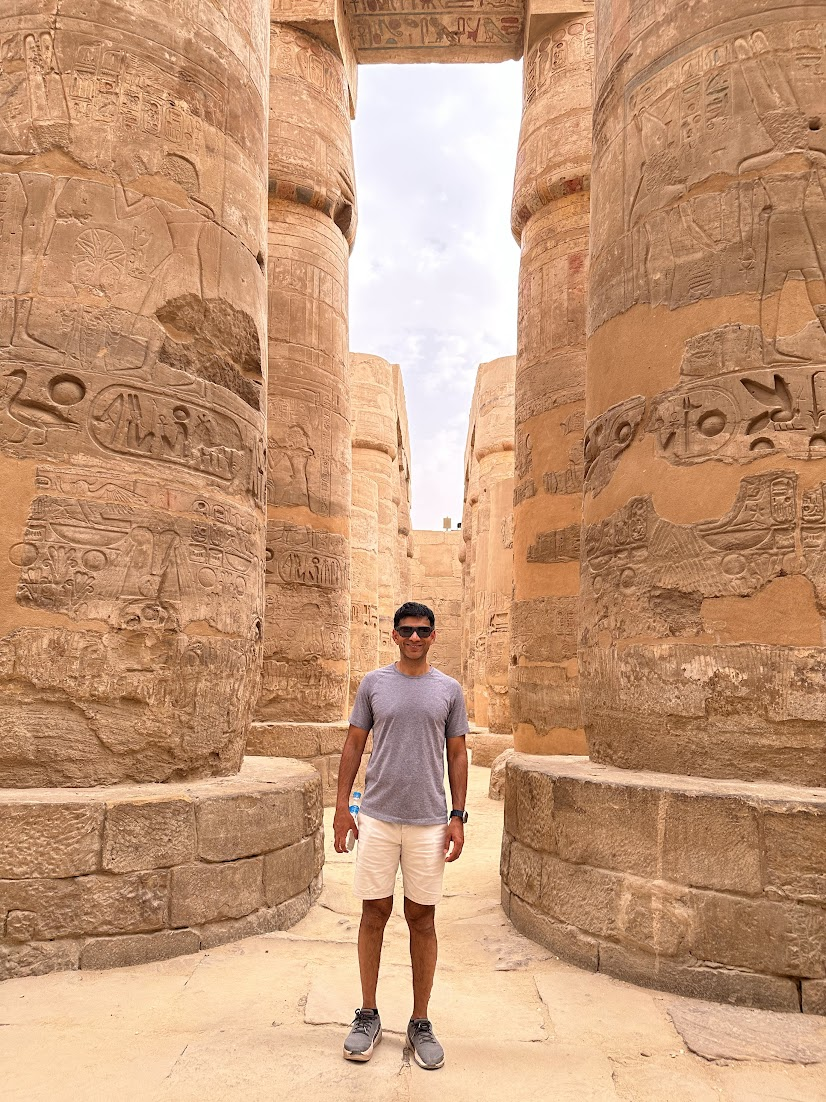
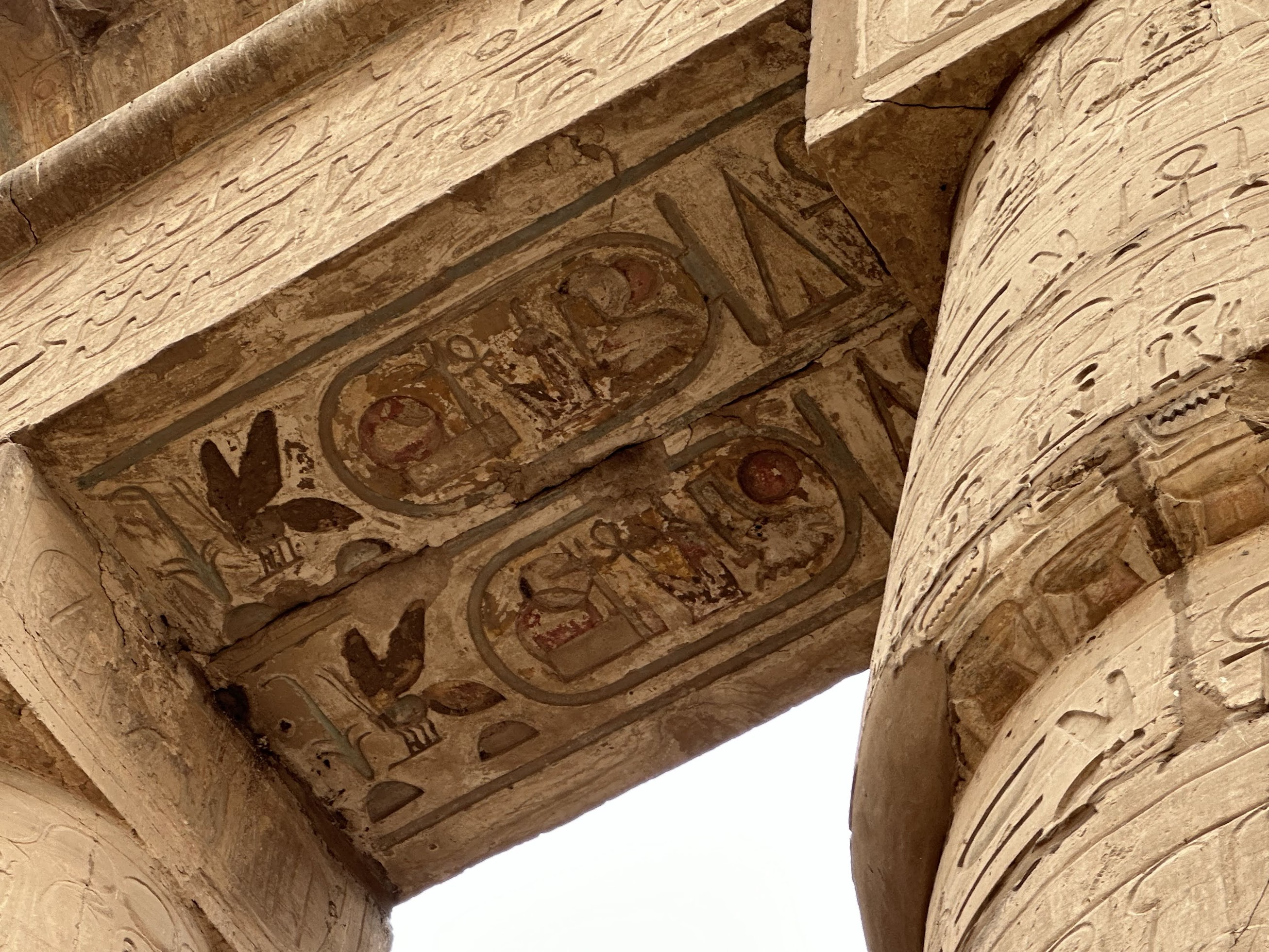
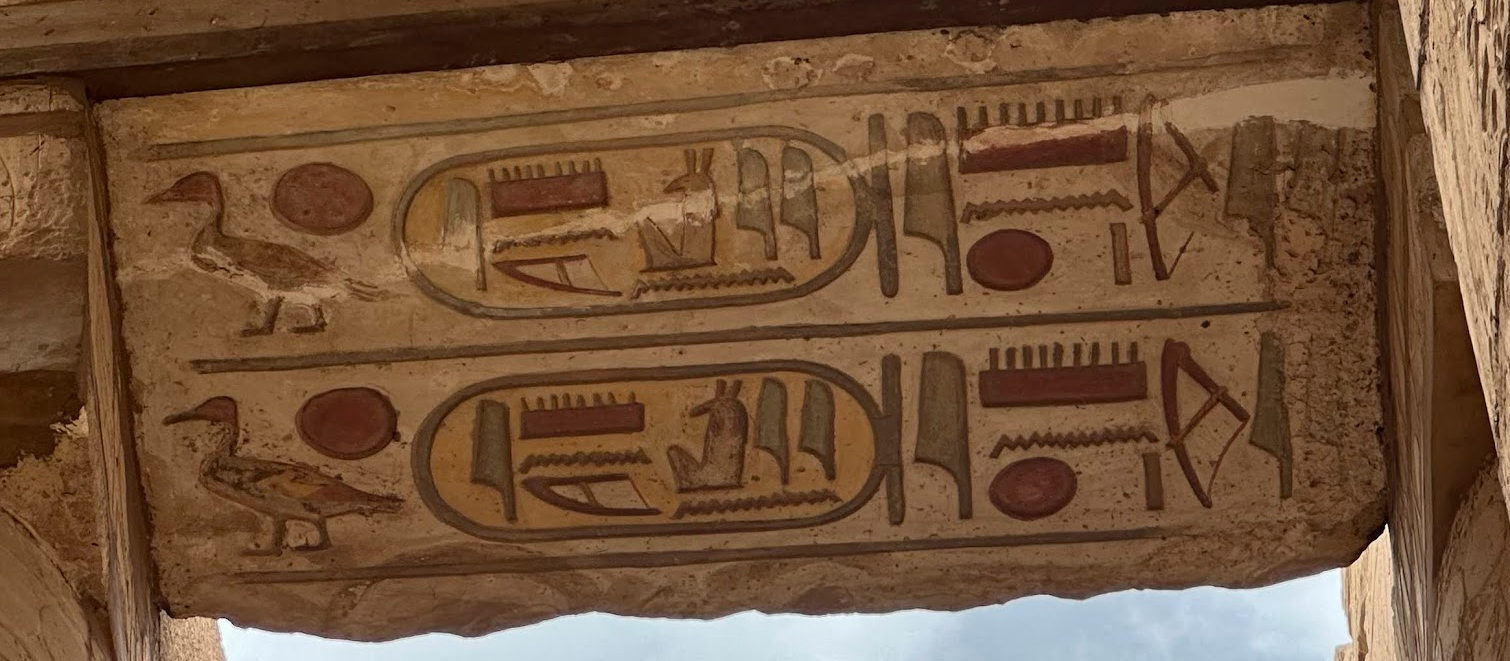
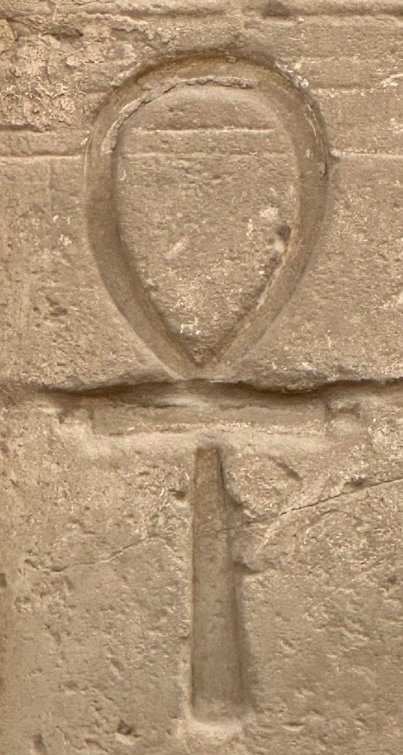

The Karnak temple, like so many other monuments of ancient Egypt is an awe inspiring and majestic place. To think that these massive columns, statues and the inscriptions and reliefs inscribed on them were built more than 3000 years ago and still stand today, proud and strong, defying the passage of time!
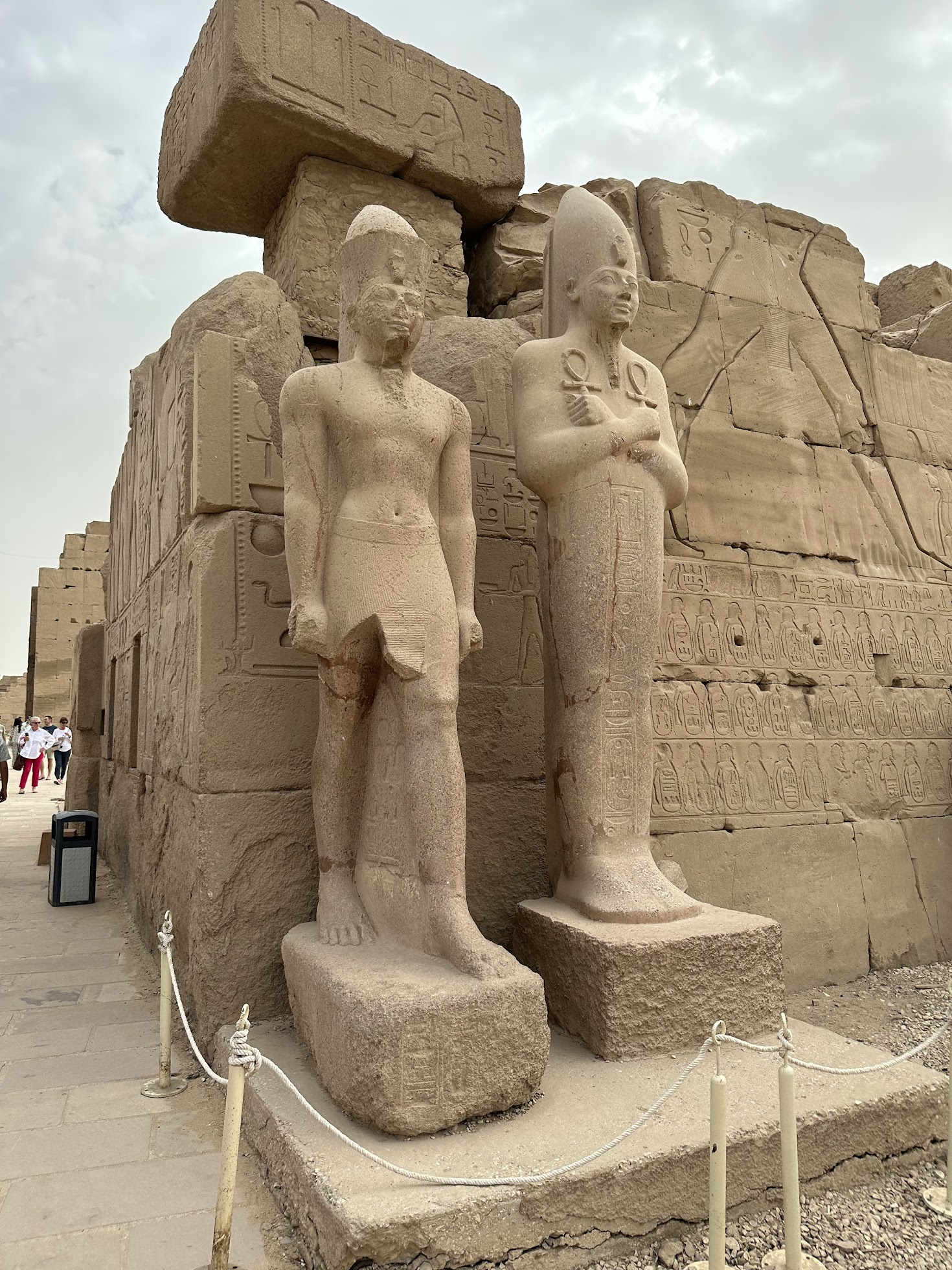
The next stop on our tour was the Luxor temple, located a short drive from the Karnak temple, on the east bank of the Nile river.
The Luxor temple was mostly built between the reigns of Amenhotep III and Rameses II. Amenhotep III (1390–53 BC) of the late 18th dynasty built the inner part of Luxor temple (called the sanctuary of Amun), dedicated to Amun-Re, his consort Mut, and their son Khonsu. An avenue of sphinxes connected it to the temple of Amun at Karnak (I saw this avenue along the bus ride from Karnak to Luxor). Every year, in the second month of the lunar calendar, the god Amon, Mut, and Khonsu, their son, made a ritual journey from their shrines at Karnak to the temple of Luxor. This was called the festival of Oput. Scenes of the festival carved in the Luxor Temple during Tutankhamen’s reign show priests carrying statues of Amon, Mut, and Khonsu through the streets of ancient Thebes (present day Luxor), onto river barges and on to Luxor. Following this appearance to the population, the statues remained in the temple of Luxor for about 24 days, during which the city remained in festival. The images were returned by the same route to their shrines in Karnak in a second public appearance that closed the festival.

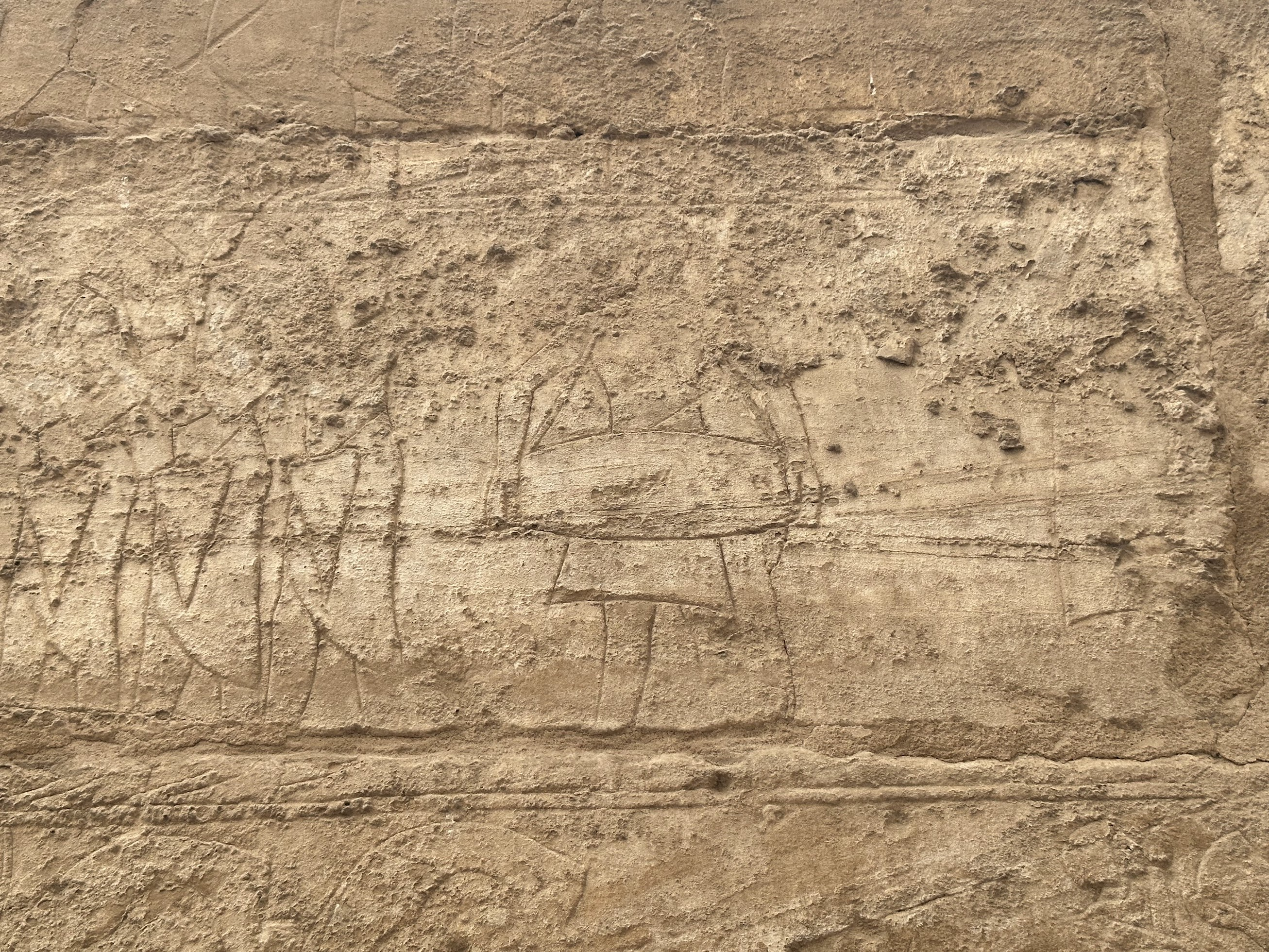
In front of the sanctuary of Amun stood a hypostyle hall followed by a massive colonnade, both of which are well preserved. Amenhotep III reign of nearly 40 years marked the peak of Egypt’s artistic and international power. His construction projects at Luxor were carried forward by later rulers of the XVIII dynasty, Tutankhamen and Horemheb. Later, Ramses II added an outer court, decorated with colossal statues of himself between the pillars of a double colonnade, and a lofty pylon on which he depicted festival scenes and episodes from his wars in Syria such as the battle of Kadesh, where he famously defeated the Hittites.
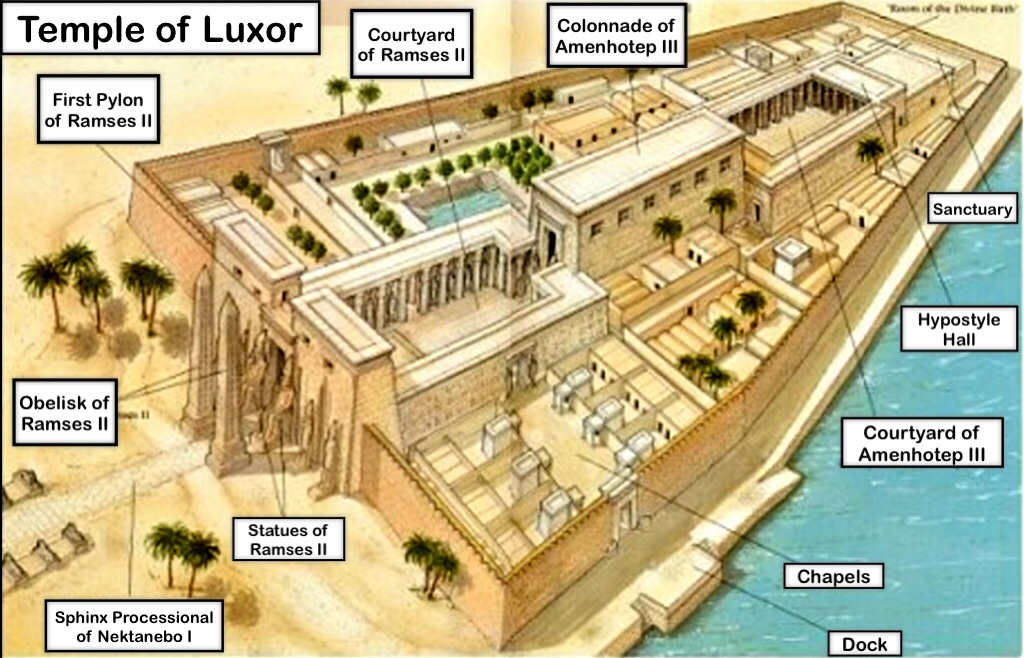
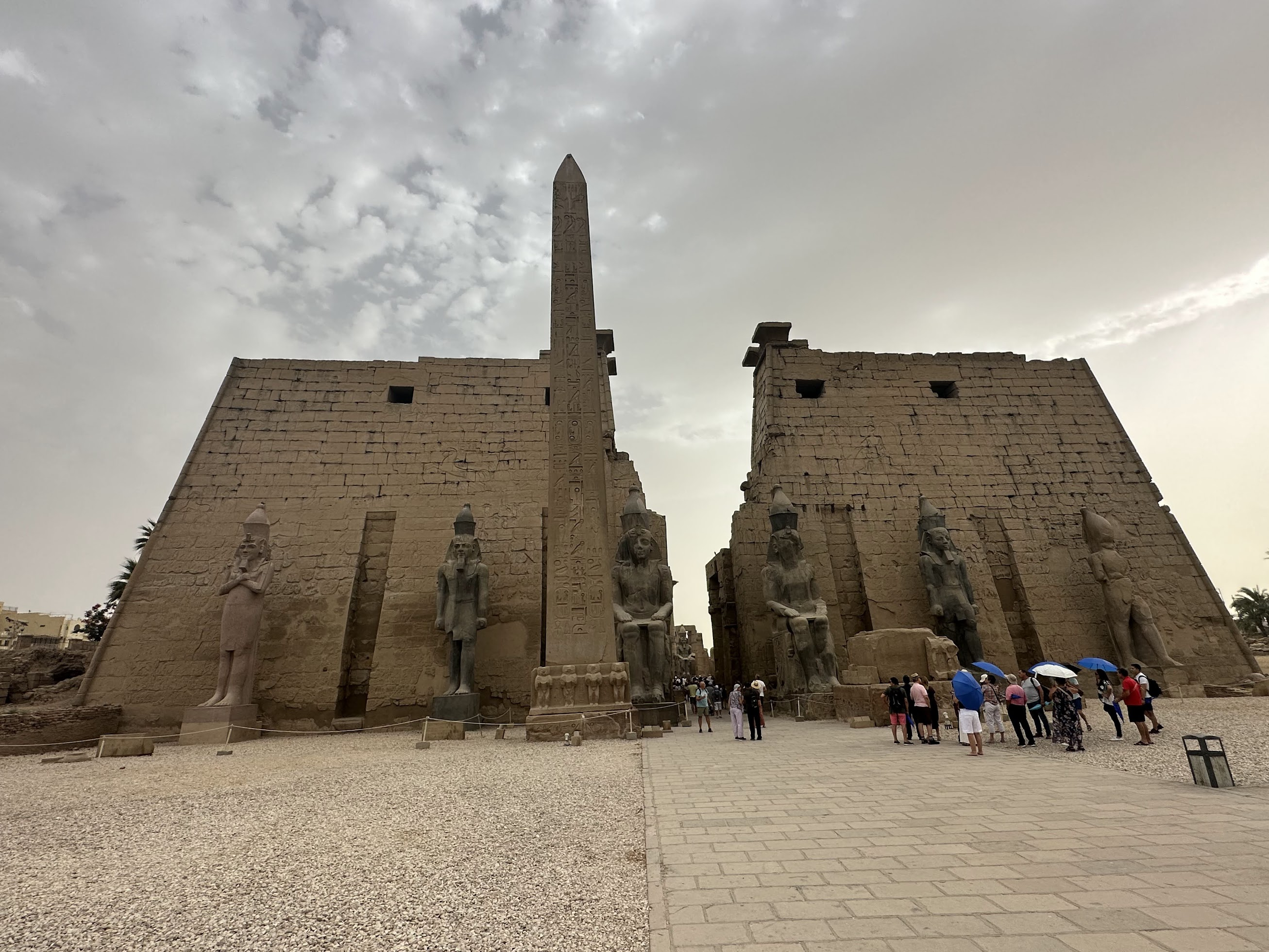
The video below starts at the outer court added by Rameses II and proceeds into the great colonnade hall built by Amenhotep III and Tutankhamun. The colonnade hall is over 50 m long, lined by two rows of massive open papyrus columns.
The video below starts in front of the inner part of Luxor temple, that housed the sanctuary of Amun and only accessible to the high priests of Luxor temple. When Egypt fell under Roman rule, this part of Luxor temple was converted into a Roman monument, where the ancient worship of Amun was linked with the cult of the Roman emperor, whose authority derived from the god Jupiter (this is before Rome converted to Christianity).
The room shown in the beginning of the video below was adapted for imperial cult by removing the columns that supported the original roof, blocking the original doorway leading to the sanctuary of Amun (this doorway is open again, and I’ll pass through it in the video) to create an apse (a large semicircular or polygonal recess in a church, arched or with a domed roof) and by plastering over the original decoration of Amenhotep III to paint Roman fresco style paintings (some of which have been cleaned and partly restored). In the apse are shown the four emperors who ruled the Roman empire jointly under Diocletian’s reforms.
The inside of Amun’s sanctuary was rebuilt by Alexander the great. Some of the reliefs on the inner walls are chiseled out and its not clear to me if this was done by Akhenaten (the heretic king who succeeded Amenhotep III and promoted the sole worship of a heretofore lessor god Aten over Amun) or Christian monks in an act of iconoclasm.
Luxor, like most of the temples of Ancient Egypt was at some point buried in the shifting sands of the desert. Between 4th to 6th centuries, the Romans incorporated the entire complex into a military encampment. With the rise of Islam, Muslims built a mosque on top of the surrounding walls of the Luxor temple. This mosque is still in use today!
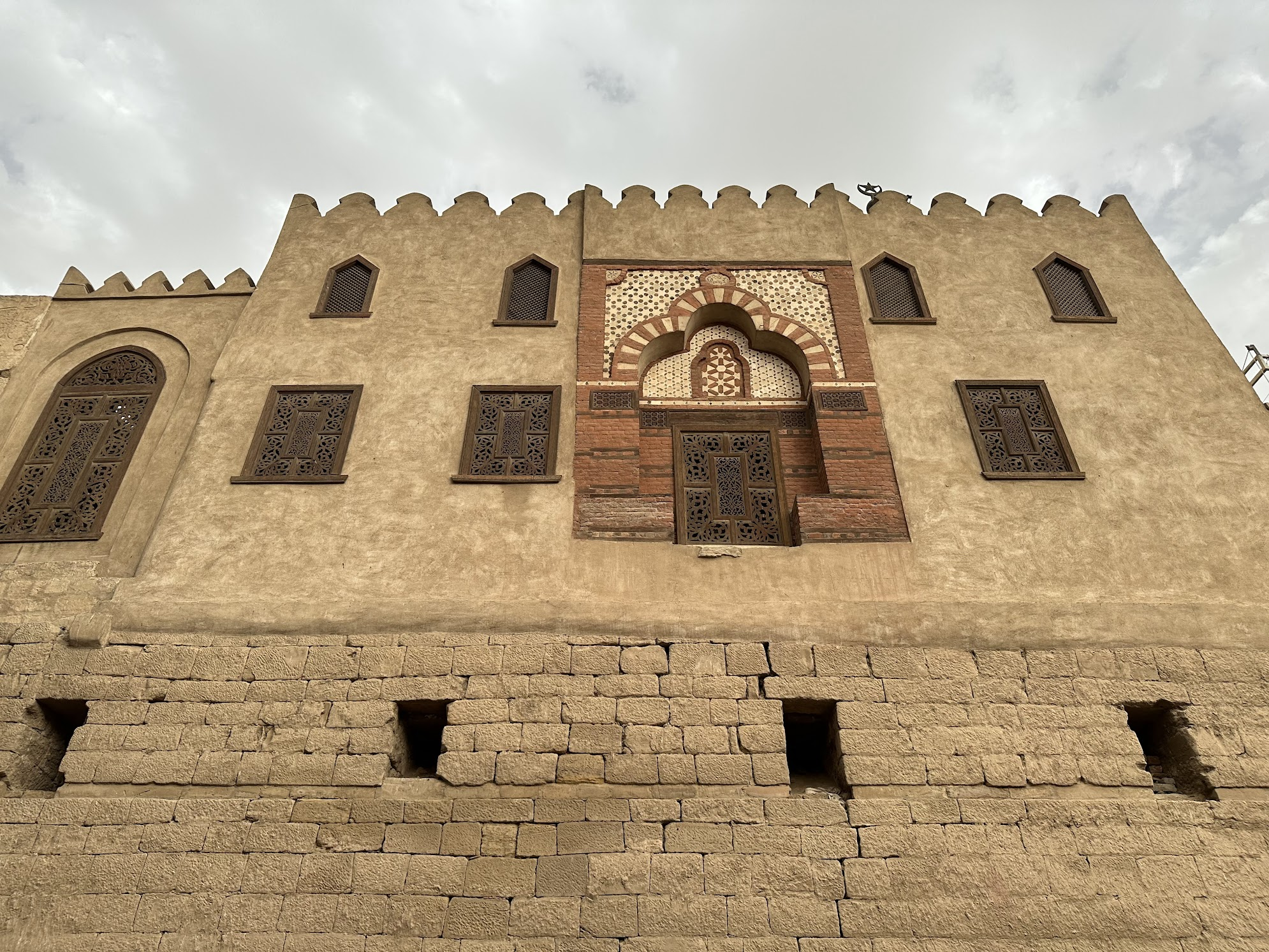

Leave a Reply